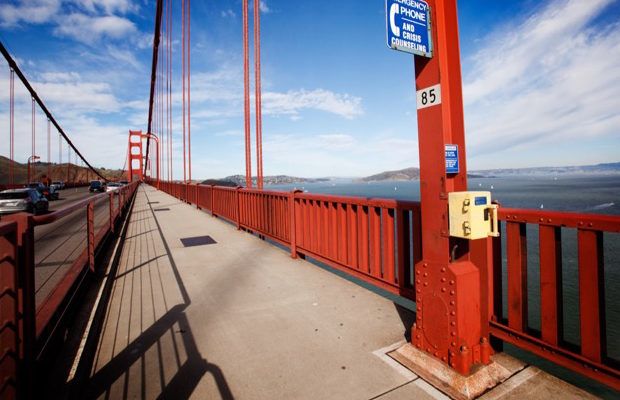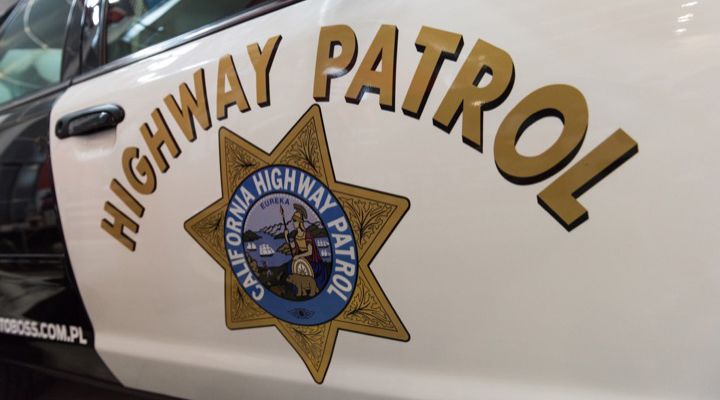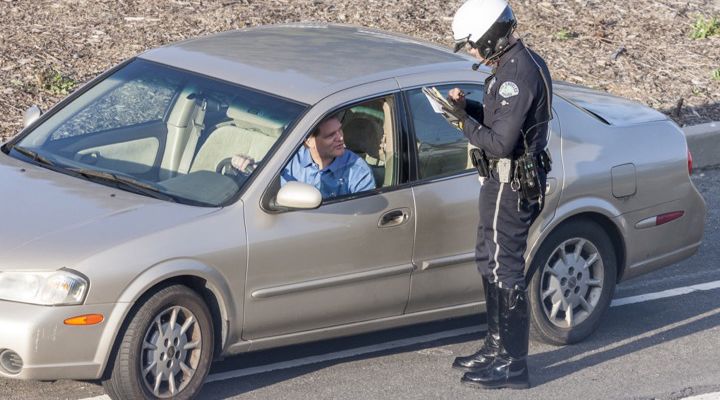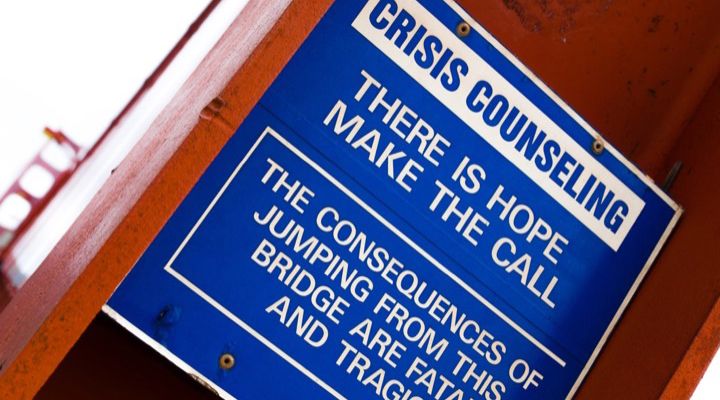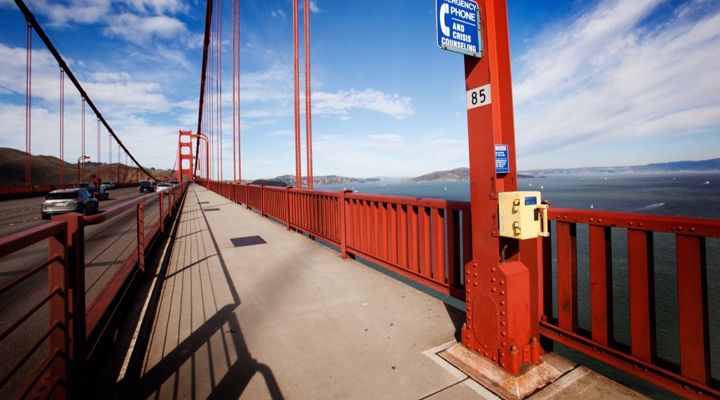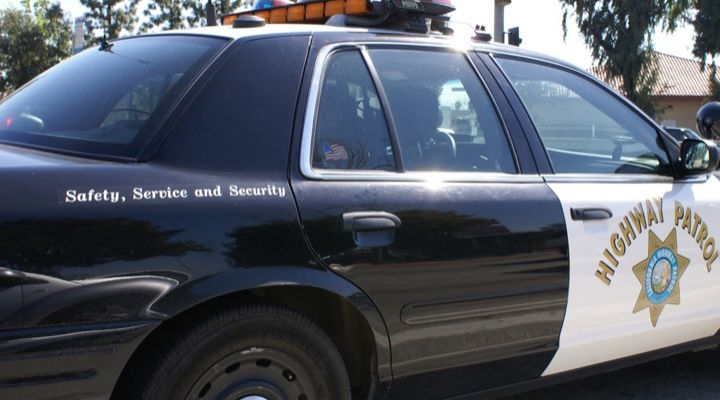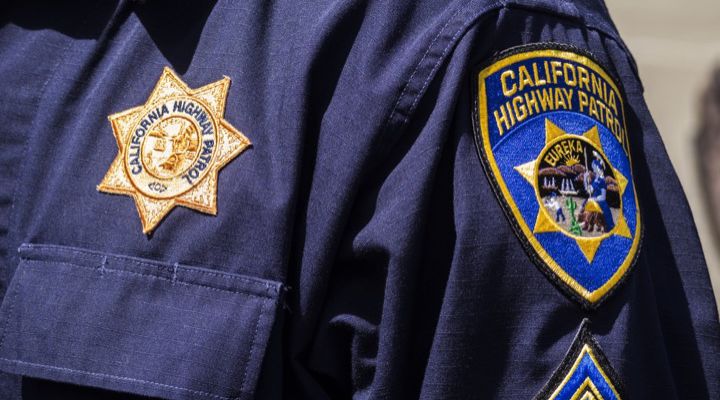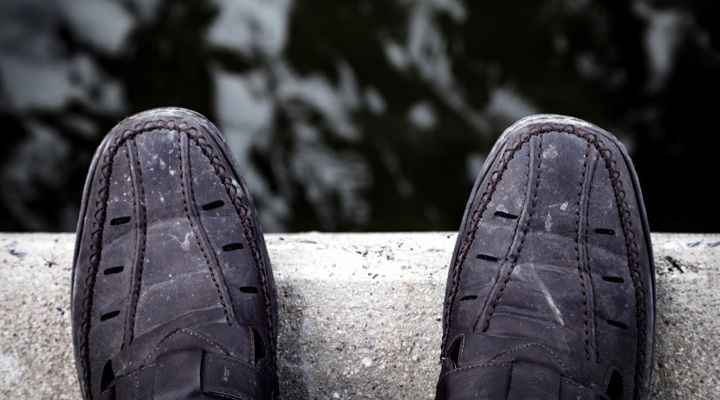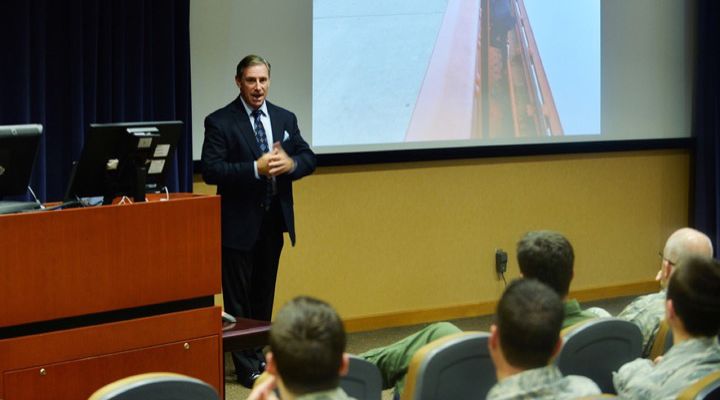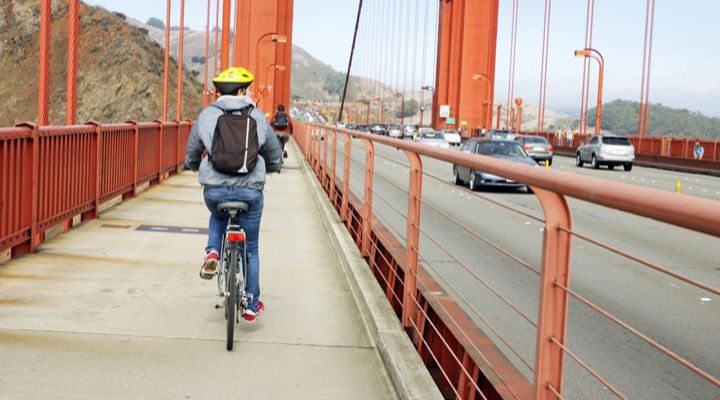Unless you walk in another person’s shoes, you will never be able to understand how tough their struggle is and how much pain they are in. For some, life can be so agonizing that they feel life is no longer worth living.
After being assigned to traffic control on San Francisco’s Golden Gate Bridge, one California Highway Patrol Officer thought he’d just be people helping people during traffic incidents. Instead, he ended up teaching himself how to help people desperate to end their suffering and became the “Guardian of The Golden Gate Bridge.”
A Natural Protector
In the early 1990s, Kevin Briggs joined the California Highway Patrol and was trained to handle traffic incidents. Before that, the Marin County native joined the Army straight out of high school. After completing his career with the military, Briggs got a job working as a guard at the San Quentin State Prison.
The California Highway Patrol
For Briggs, a career with the California Highway Patrol was a natural fit since he was driven to protect people from danger. According to Briggs, however, the job ended up being much different than he had originally imagined it would be when he first joined the CHP.
The Assignment
When Briggs first started, he was assigned to what the CHP called the Golden Gate Bridge beat. Briggs imagined he would be handling traffic patrol and traffic incidents on and surrounding the bridge, which connects Marin County to San Francisco.
The Infamous Bridge
At the time, Briggs hadn’t realized that the famous bridge was also an infamous suicide spot. Since the Golden Gate Bridge was built in 1937, more than 1500 people have committed suicide by jumping off the bridge to their deaths. For the past decade, about 30 or more people end their lives on the bridge each year.
No Training
“I had no training before I went out there – it was just a beat I was working,” Briggs told CTV’s Your Morning. It didn’t take long for Briggs to find out that desperate suicidal people would flock to the bridge so that they could end their pain and suffering.
The First Jumper
According to Briggs, he encountered his first suicidal woman shortly after starting the job. However, because he didn’t have any training to deal with the situation, he had no idea what the woman was trying to do and had no idea how to properly help her.
Out Of His Depths
“I had no idea about this, and I grew up in Marin County, which connects to San Francisco via that Golden Gate Bridge…I had no training to handle these types of situations,” Briggs told CBC. At the time, Briggs thought the woman was trespassing on the bridge when he found her standing on a narrow beam on the other side of the guardrail.
Cop Mode
“I went into what I call ‘cop mode,’” said Briggs, who told the woman that she was trespassing and told her she could fall off the bridge if she wasn’t careful. “I had no idea that this thing was going on – that she was contemplating suicide,” Briggs explained.
Everything Wrong
“I did about everything wrong that you could,” Briggs said. “In the back of my mind, I was thinking, ‘Am I responsible if she does jump? What happens here? I had no training in this. This is a really bad scene.’…I was afraid, I didn’t know how to handle that situation.”
An Eye-Opening Experience
Thankfully, the woman climbed back over the guardrail and decided to give life another chance. After that first eye-opening experience, Briggs encountered more suicidal people on the bridge. “There were four to six cases of suicidal folks on the bridge each and every month,” he explained.
The Wrong Approach
Briggs had no idea what he was doing and would often run straight up to the person and start talking trying to talk them away from the edge. Since there was no training to help these people at the time, Briggs started to take notice of what methods helped people and what made things worse so that he could improve.
Always Learning
“I think my approach right from the start was wrong. Just to walk right up to those folks and start talking with them,” Briggs said. “I would ask people when they came back ove, if they wouldn’t mind me asking, ‘What did I say that was good and what did I say, what actions, were poor,” Briggs told the Press Democrat.
Hearing Them Out
“They would always tell me,” Briggs explained. “Things that did not go well were, ‘I understand.’ That makes people angry. Because you don’t understand, and I totally get that now. I do not understand what is going on with that person. That is a very poor thing to say.”
A Delicate Job
“As cops, we run in there and try to handle the situation, and with these folks who are contemplating suicide, you can’t do that. You have to take a step back and be a lot more flexible and patient. It’s a whole different realm of law enforcement,” Briggs said about the delicate job.
Honing His Skills
Over time, Briggs honed his skills as a part-time suicide counselor and realized that the best way to help people contemplating suicide was to approach them slowly, introduce himself, and then give them the control by asking if he could speak with them. “Now what I do is I stand back and I’ll just introduce myself. I’ll say ‘Hi I’m Kevin.’” Briggs explained.
A Better Approach
“Or ‘I’m Kevin with the Highway Patrol, is it okay, is it alright if I come up and speak with you for a bit?’ I want to get their permission and empower them.” Once a person allows Briggs to speak, he would ask how they were feeling or if they had plans for tomorrow. If they didn’t have plans, he would help them make a plan. Mostly, he would just listen to them.
‘Yeah, It Is Tough’
“I also want to be below them if I can. I want their eyes looking down at me… It’s part of that empowerment that I want to do,” Briggs said. “What I believe, personally, they want to hear is, ‘Yeah, it is tough’. I try to explain to them, wow that sounds really tough. And normalize their situation. That’s a real big one, is to try to normalize their situation. You know, ‘Wow, what you’re going through is a whole lot of stuff and that’d be tough on anybody.’”
The Golden Gate Guardian
Briggs ended up doing that critical job for 23 years. In those years, he saved more than 200 people, which is why he ended up being named the ‘Golden Gate Guardian.’ Sadly, Briggs wasn’t able to save two of the people he encountered on the bridge during those years and those deaths have stayed with him. In 2013, Briggs finally retired from the California Highway Patrol but has gone on to work in suicide prevention.
Things Get Better
“It takes a lot of courage to be over that rail. It takes a lot of courage,” Briggs said. “But it also takes a lot of courage to come back and face the reality that is with them right now. But there is a brighter side to this, and it can happen, and it might take a long time and a lot of work. But life is beautiful and, you know, it is worth living.”
The Real Problem
Lawmakers have proposed spending $200 million to install a stainless-steel net to save people who make the deadly 220-foot jump to the water. The project is expected to be complete in 2021, but Briggs feels suicidal people will just find another way to end their lives as it doesn’t address the root problem, which lies in mental health and suicide prevention efforts. “We could put that (money) to a lot of use for mental health,” Briggs said. “But on the other hand, I have not lost a family member on that bridge either.”
